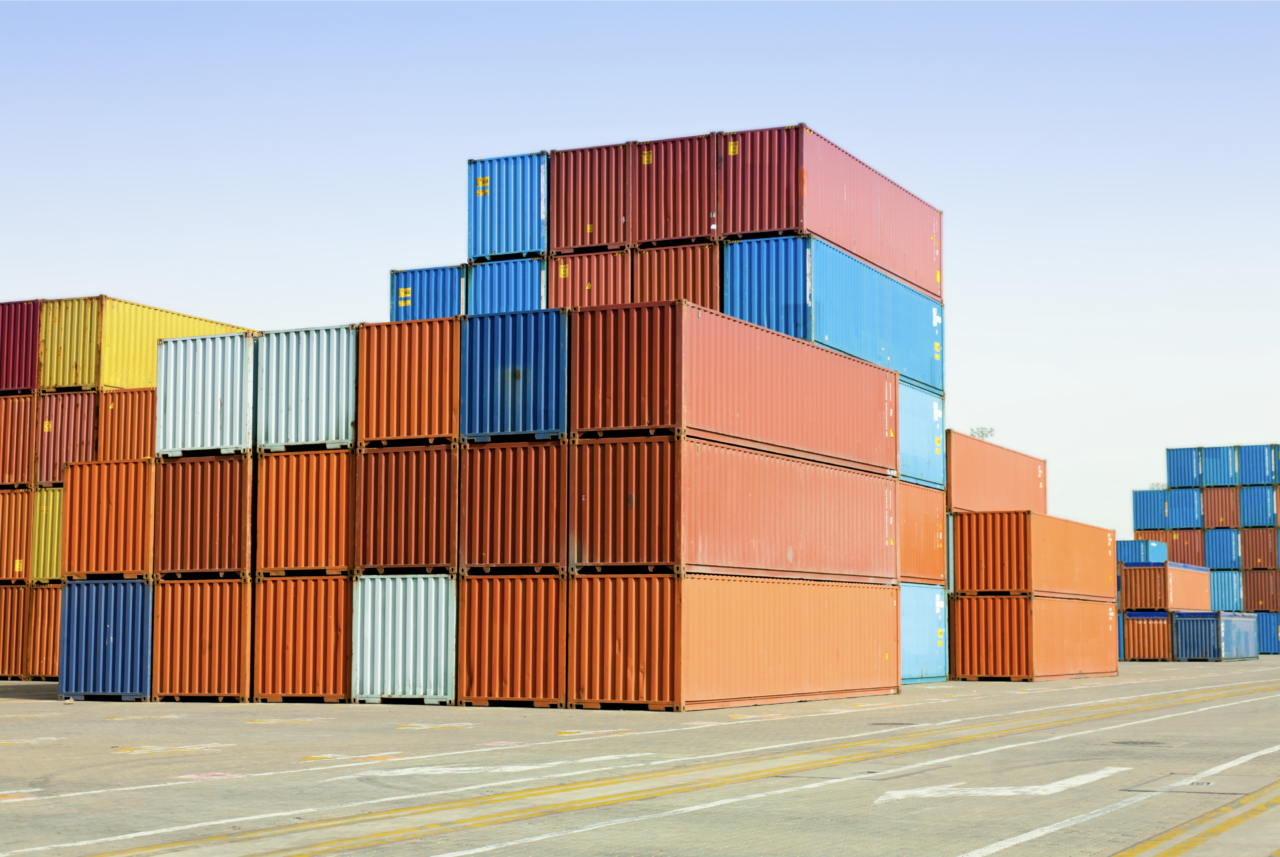The benefits of Geographical Indications (GIs) are particularly important from an international trade perspective as they can provide an export promotion mechanism through which the EU can compete on quality rather than price, due to their specificities attributable, at least in part, to their territories of origin and their inherent natural and human factors.
Introduction
The EU’s quality schemes, which to date cover 1,501 GIs for food and 1,607 GIs for wine – PDOs and PGIs registered by the European Commission (EC) – represent a sales value of almost €75 billion and 15.5% of total EU agri-food exports.
At the same time, the misuse, imitation and evocation of GIs in international trade is increasing, as is the usurpation and abuse of reputation on the internet, to the detriment of consumers and certified producers, jeopardising the overall economic viability of the GI sector as well as of local communities.
In trade agreements between the EU and third countries, GIs are included in the chapter on intellectual property rights. The Commission negotiates a list of EU GIs to be protected, under the agreement, in the third country in question and a list of third country GIs that will be protected in the EU.
EU Trade Agreements entered into force
- EU – CETA: provisionally entered into force on 21 September 2017 and still waiting to be ratified by some Member States, protects 172 GIs, mainly agri-food;
- EU – Japan: entered into force on 1 February 2019, it covers 211 GIs mainly in the agri-food sector;
- EU – Vietnam: entered into force at the beginning of August 2020, it covers 169 EU GIs;
- EU – China: this bilateral agreement, aiming to protect 100 EU GIs in China against imitation and counterfeiting, entered into force on March 1st, 2021. The agreement also provides for the protection of 100 Chinese GIs in the EU. Four years after its entry into force, the scope of the agreement will be extended to a further 175 GIs on both sides.
EU Trade Agreements under negotiation
- EU – Mercosur: the EU and the Mercosur states (Argentina, Brazil, Paraguay and Uruguay) reached a political agreement for a trade deal on 28 June 2019. With the entry into force of the agreement, 357 GIs will be protected;
- EU – Australia: the negotiations for a Free Trade Agreement started in June 2018. The EU has requested that Australia protect about 400 GIs (234 names of spirits and 166 names of food products);
- EU – New Zealand: the two parties launched negotiations for a free trade agreement in June 2018. The EU wants New Zealand to protect 2,200 of its existing GIs for wines, spirits and food products in much the same way as they are protected in the EU, thing that would require significant changes to New Zealand existing laws that give protection to GIs.
For more information, click here to consult the comprehensive report collecting information both on the agreements recently entered in force and on those currently under negotiation.
Brexit
Following the results of the referendum held on 23 June 2016, United Kingdom formally left the European Union on 1st February 2020, date of the entry into force of the Withdrawal Agreement. It was supposed to ensure an orderly exit of the UK from the EU, marking the beginning of a transition period until 31 December 2020, during which EU rights and obligations continued to apply to the UK.
On 2 March 2020 formal negotiations on a future EU-UK Trade and Cooperation Agreement began. Intensive negotiations lead to an agreement in principle reached at negotiators’ level on 23 December 2020, provisionally entered into force on 1 January 2021 and effective as of 1 May 2021.
As concerns the protection of EU Geographical Indications, the Withdrawal Agreement provides for the continued protection in the United Kingdom of the stock of geographical indications registered in the EU until the last day of the transition period (Article 54(2), first subparagraph). This means that the geographical indications registered in the European Union by the 31 December 2020 will remain protected in the United Kingdom without a need to introduce an application in the UK or to undertake any particular administrative procedures to ensure such protection.
As concerns the Trade and Cooperation Agreement, no provisions on protection of future GIs (registered in the EU as of 1 January 2021) have been included. The final text of the agreement simply mentions a possible future review in relation to geographical indications, leaving room for the two sides to agree at a later date on rules concerning the protection and enforcement of their GIs.
As of 1 January 2021, the UK set up its own GI schemes managed by the Department for Environment, Food & Rural Affairs (DEFRA). The protection conferred by a UK GI intends to mirror that conferred by an EU GI.
In accordance with the Withdrawal Agreement, existing EU GIs will be granted an equivalent UK right. The registration of the equivalent UK GI will be automatic and at no cost. On the contrary, EU GIs registered after the end of the transition period, they are entitled to make an application to DEFRA for a UK GI.




